Valery Nefedov: Zaryadye Park — a space for events
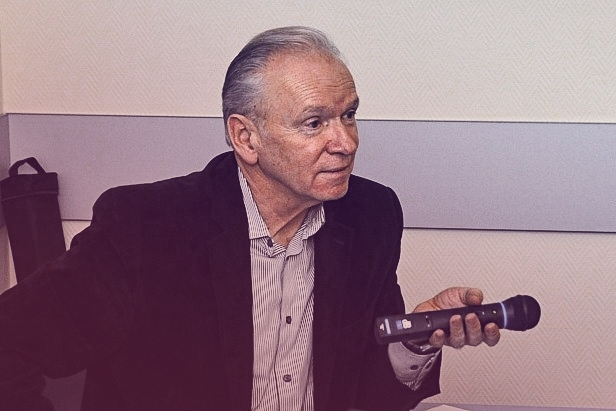
Archcouncil’s website portal met with Valery Nefedov, Doctor of Architecture and a professor in the Department of Urban Development at the Saint-Petersburg State University of Architecture and Civil Engineering. His research interests include new urban strategies and technologies for landscape transformation of the urban environment. That’s why we were interested to discuss with him the prospects of Zaryadye Park which has a concept based on innovative principles of landscape urbanism.

The 13 hectare Zaryadye Park by the Kremlin walls is not just an extraordinary landscape of artificial climates, but also a unique example of a balance between the urban and natural in a modern metropolis. There will be a real forest in the southern and western part of the park, and infrastructural facilities will be integrated into the green hills. According to Valery Nefedov, Zaryadye as the central park of the capital has the right, and needs to go in an alternative, non-traditional route, and as park a joining the ranks of other ultramodern parks in the world, it has a real chance to form new tastes in the population.
— How would you define the tasks of modern parks? Abroad there is a tendency that in using parks to solve problems of connectedness and pedestrian accessibility, the ecology of the city becomes more stable. What should a modern park be in addition to a green space?
Scientifically, this aspect about which you are talking about is identified as ecological. Yes, indeed, when you come to Paris for example, on the site of a former freight yard you can see such a modern park as Parc Clichy-Batignolles — Martin Luther King. There are quite a lot of examples of this type in the world. In solving environmental challenges, European cities have come to create not just occasional islands of greenery, but rather have formed an integrated green infrastructure — only in this way can nature survive in an extreme city that systematically is rejecting it, and which has destroyed the cohesion of the green infrastructure.
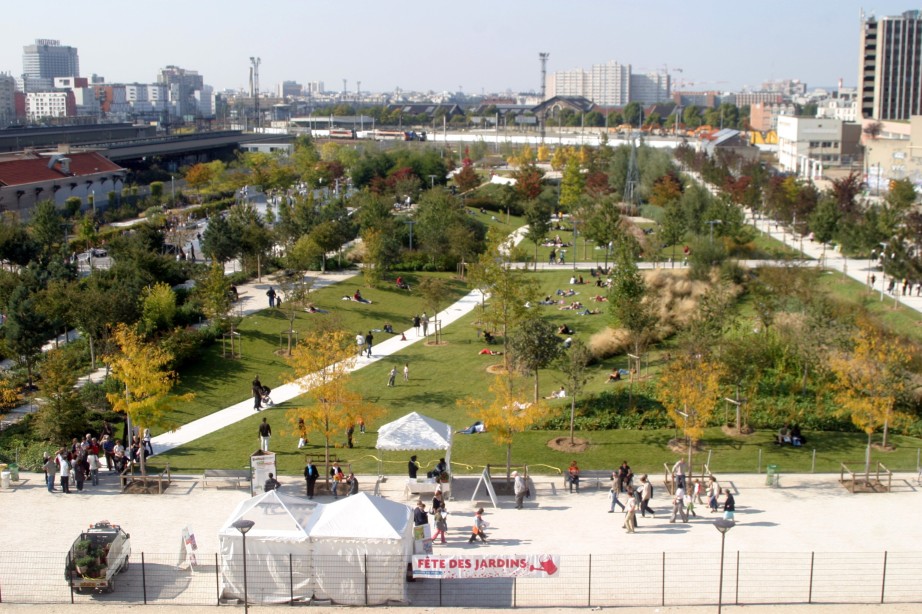
Green banks have stopped being traditional for blue city rivers.
For Russia this aspect in the public mind has not yet been acknowledged as problematic, unfortunately. In world practice this blue-green infrastructure should be organic, consolidated, and integrated.
The fact is that today people are simply unaccustomed to live in nature in the city, since the city systematically taught them that they can only get salvation and fresh air at their dacha when they escape from the metropolis. This phenomenon has never been discussed seriously by us and is not reflected in urban planning. One of the books that I have written and still remains at the publishers is called “How to Return the City to the People.” So it is necessary to return the city in the way it suited residents relatively recently, by offering them periodic contact with nature without the constant pressure of cars.
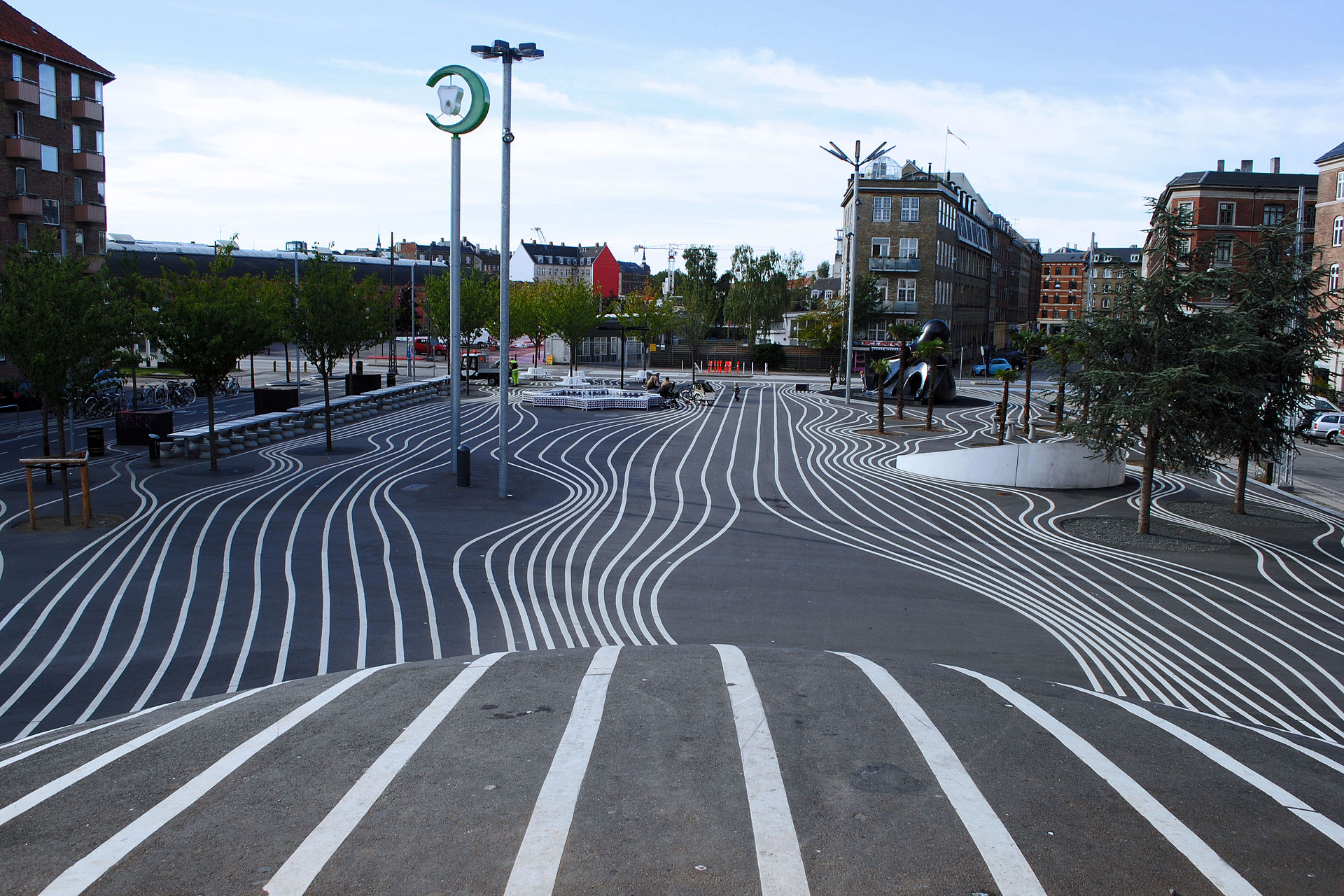
— How to return nature to people in the city?
I believe that it is not necessary to make big new parks. Yes, we are accustomed to the fact that the city’s parks are vast, often remote areas where it is necessary occasionally to go by transport. But today, no less important are the category of mini-parks — this is a territory of only 3 or 4 hectares. It is they that are working out the important social task of parks, which is to become centers of the population’s cultural development. This is a space where various events occur regularly. I am convinced that it is the parks that are within walking distance — when, coming out of their house, a person could play sports there, simply relax with friends or children, see different cultural events — are the ones able to change citizens’ way of life for the better.
For instance, in the ZIL territory in the foreseeable future a couple of these new parks could appear, instead of one extra big one.
You can ruin the city with the concrete paving of yet another pedestrian zone, it is possible to “kill” it with enormously giant buildings, but you cannot mess up the city with nature, because people always are in fact lacking interaction with it.
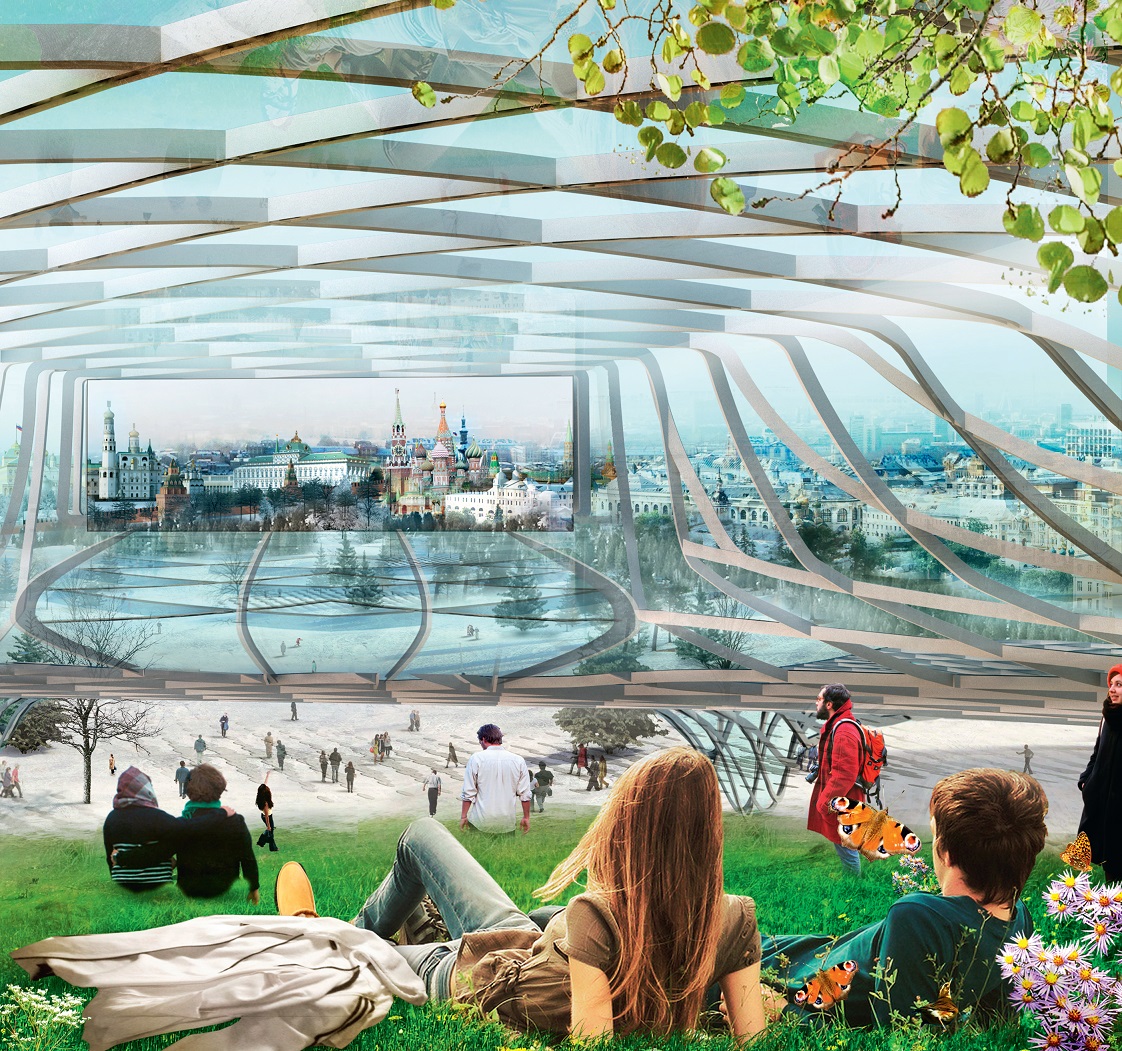
— Talking about the social tasks of parks, is it possible to draw a parallel with Soviet parks of culture and rest?
Yes, in the postwar period in Moscow and St. Petersburg (at that time Leningrad) the parks that were built offered concerts, dances, and performances by artists. And today too, one should not come to the park to just sit listlessly on the bench and wait until the fountains are turned on... A modern park is a space where people go to develop, communicate. In my opinion, new parks should change the traditional structure, and cease to be monumentally formal. In the centuries when this was invented, they were designed for strolls by haughty nobility with their guests, but today parks are a space for all categories of citizens, all ages and social groups.
— Modern parks are actively experimenting with behavioral scenarios. Should a given park offer everything at once and for all?
I think the degree of universality of the park is defined by its location. Sometimes you have to make parks sufficiently versatile, such as Zaryadye — due to the scale and the fact that such parks have generally disappeared from the center of the city.

Zaryadye, in my opinion, in its ideology or philosophy is quite comparable to what already exists in Europe.
Moreover, this park can even get somewhat ahead of what seemingly was made relatively recently. Looking, for example, on the current state of the Parc de la Villette in Paris, it is quite noticeable that some of the authors’ ideas from the last century have ceased to play the role assigned to park spaces.
In general a lot depends on the location of the park. If the park is near water for instance — there should be some things related to water, some intrigue. This was done in Gorky Park, where a beach area was created...

— Do you think that sometimes modern parks are even oversaturated with different technologies and interactivity?
A park of a level as Zaryadye has the right in all categories to raise the bar on the level of thinking, and when a dome with solar panels will be built there, I’m all for it, because today we have other cities which do not even think in this regard! If there is a chance to do this in the park so that people notice it — then tomorrow this will be very useful.
A park is a space for events, you need to stop treating parks as a kind of standard, regular, historical space — Zaryadye Park should not go that route.
In the concept by the Diller Scofidio + Renfro consortium I am especially impressed by the way that Zaryadye will be filled with nature — it promises to be the most natural, the hills will be truly green, even if below some objects will be hidden there. We must try to do everything so that nature in the park is cozy and comfortable, so that nature was similar to how it is in its natural form. This is the most complicated, I would even say that it is a philosophical problem: for a long time we made nature in regular parks into the forms that seemed comfortable and beautiful to us — alleys, parterres, bosquets flowerbeds. To return nature her true beauty means to feel, to understand its logic.

— What do you think about Zaryadye’s genius loci, should the park somehow respond to the memory of the place, to the historical terrain?
The notion of terrain in itself, if it moves to a new round of development, in my opinion, is not erased, but rather acquires new technologies with the help of which today people create new parks. In Zaryadye there is a breath of heritage and the new park is not allowed to erase these layers. But that does not imply the restoration of the street layout, which would be a lie, a fake as if from another city that a century elapsed in its development.
By the way, a century ago there was a completely different relationship between the topography and the water — and to restore this would be very valuable for the park.
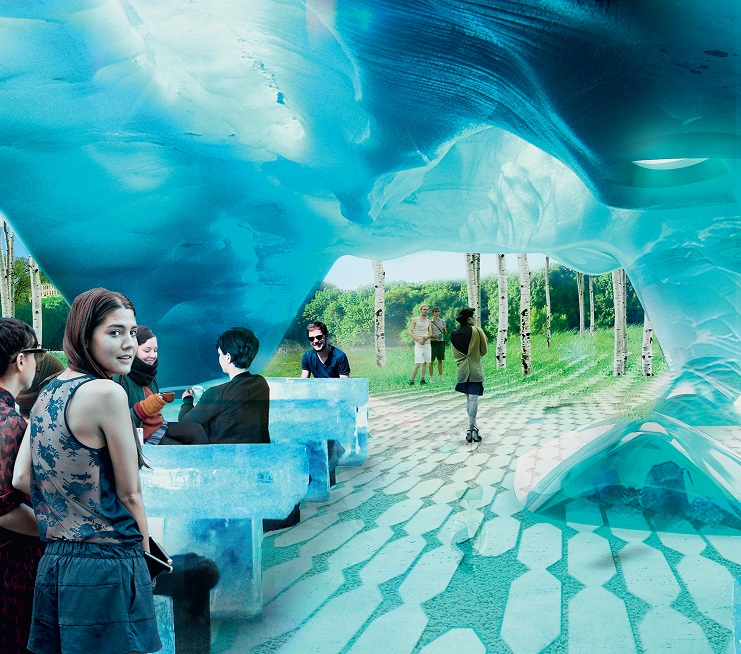
— Is it possible, in your opinion, to make new parks according to traditional, classical canons?
A modern park should expand a person’s perception of new possibilities of being in a natural environment. This does not mean that it should have canonized and fundamentally traditional principles of forming spaces. Hovering on previous models and cloning old elements, which has inundated our practice here in St. Petersburg, that is stagnation. It is wrong to not go beyond the scope of previous centuries. The story of our 300th Anniversary Park convincingly demonstrates this.

This park was supposed to be a grand event: for the anniversary a new park was to be created in the city, but “new” must be in quotes, because after much debate, it was finally agreed to make the park as planned in the form of a Petersburg trident and generously filled with granite. The park has two side radials with very expensive, but rarely working fountains, and a main avenue with a weather vane on a polished granite column. A symbol of the city plan seemingly was reproduced, but a new park actually was not achieved. And on that, regretfully, park construction resources were exhausted. And so what? A park in this form was obsolete even before construction began.
Here was an attempt to impose on a modern park an outdated radial planning system, which resulted in unnecessary costs of considerable resources and unfulfilled expectations of the residents of neighboring areas. The park was deprived of essential contemporary content for the residents. New parks can expect to succeed with the population when the structure of the park space meets the present day needs of visitors, and not once again reproduces the traditional ways of the past.
- Tags:
- Zaryadye Park |
- Urban Design |
- Competitions


.JPG)

